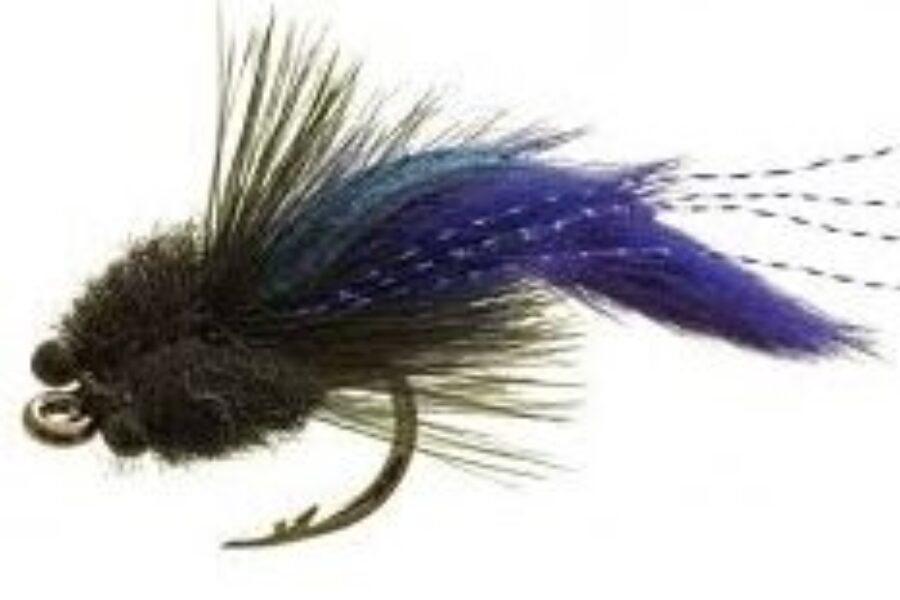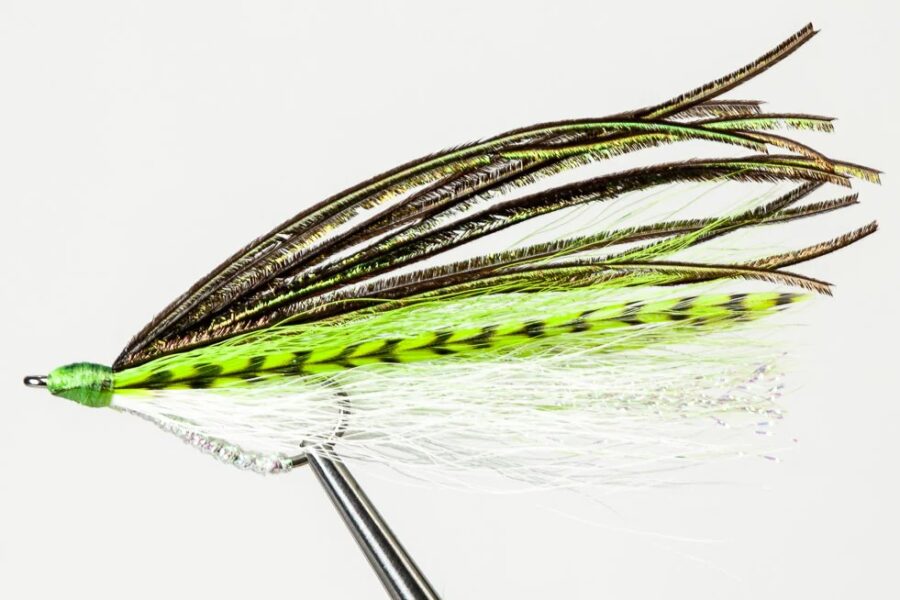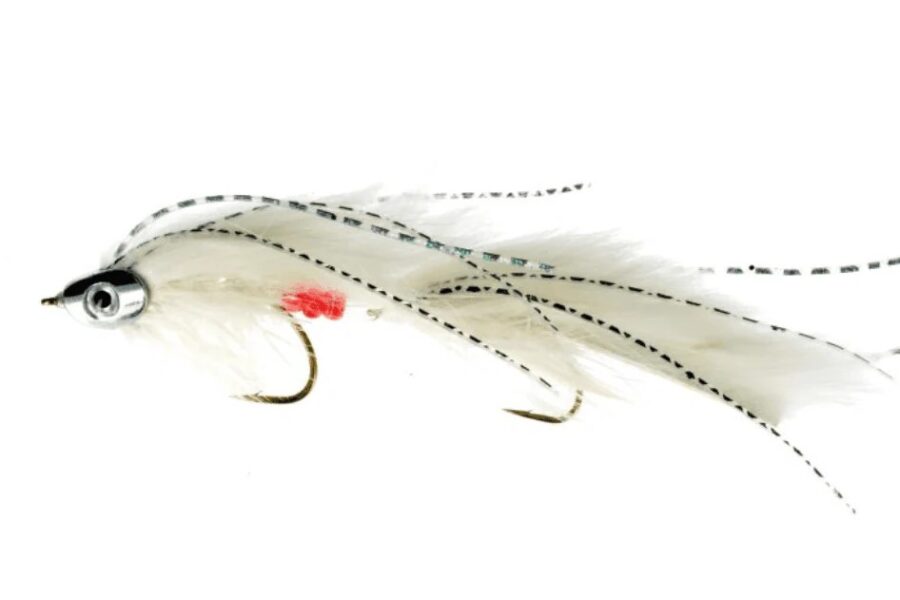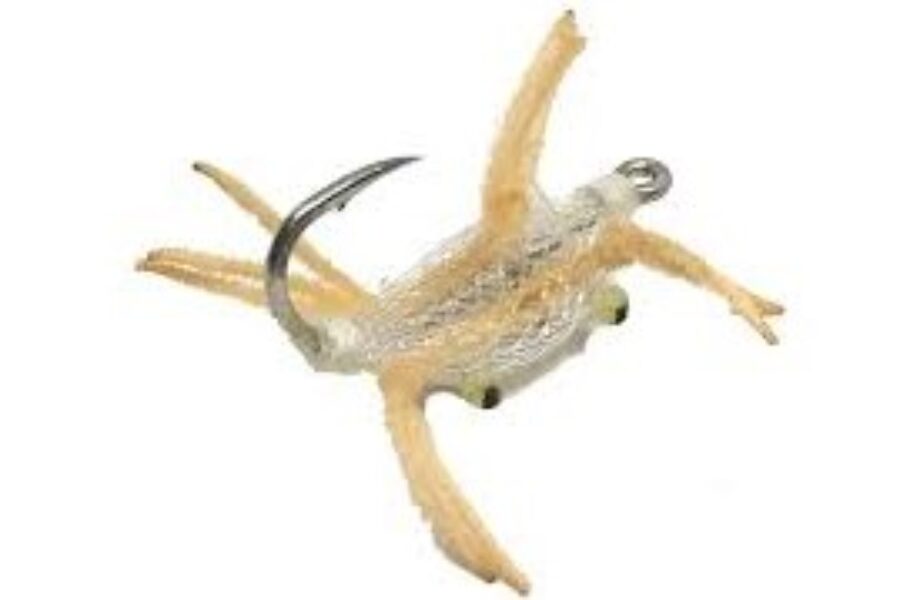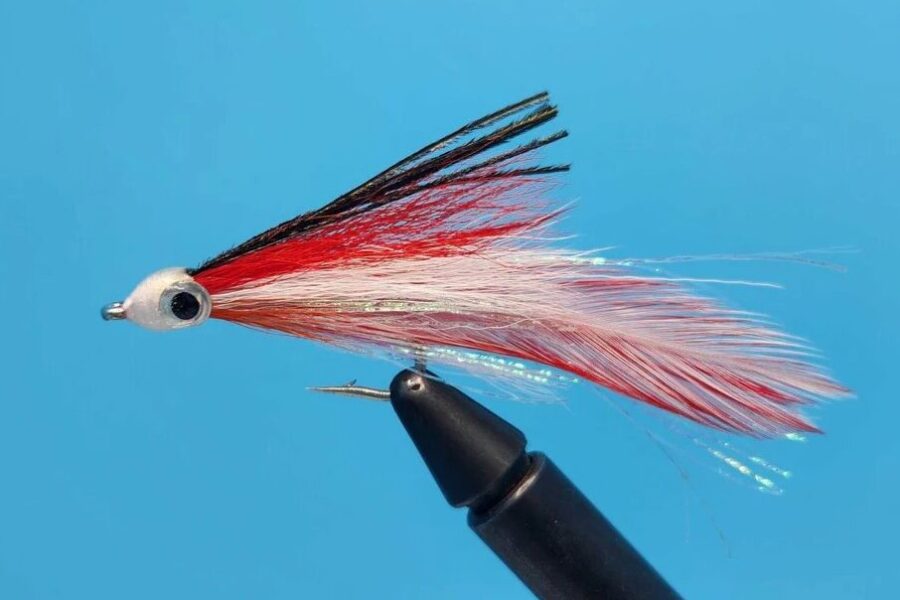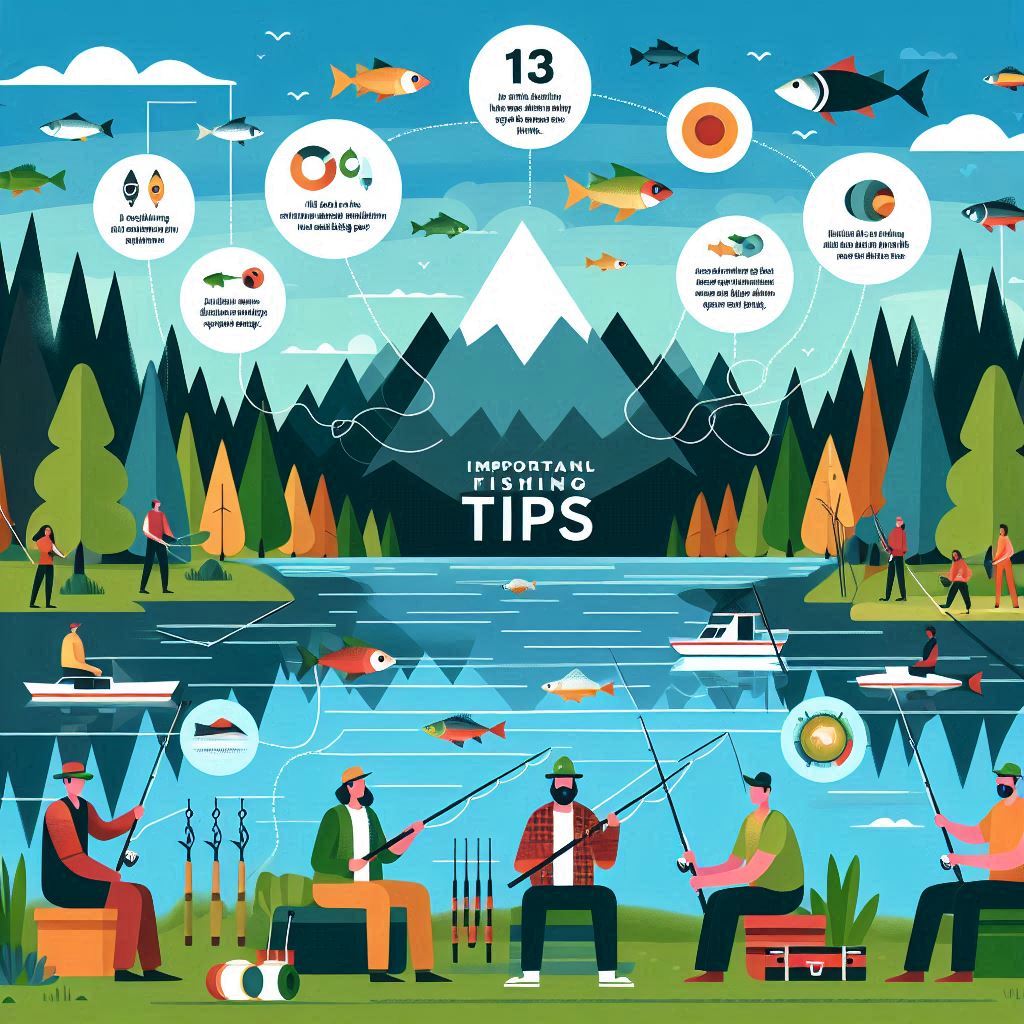13 Important Fishing Tips Everyone Should Know
Few experiences can match the thrill of catching your first fish. Whether you’re reminiscing about your own first catch or planning to create new memories, fishing is a timeless recreational activity that brings joy to people of all ages. This comprehensive guide will help you make the most of your fishing adventures while staying safe and respecting the environment.
- Safety First The Foundation of Successful Fishing
Before heading out on any fishing expedition, safety should be your primary concern. Always verify and stay well under your boat’s weight capacity to ensure a safe journey. This includes accounting for all passengers, equipment, and potential catches. Having proper safety equipment, including life jackets for everyone aboard, is non-negotiable.
2. Understanding Fish Behavior and Migration
Success in fishing often comes down to understanding fish behavior and migration patterns. During spring, when fish move upstream, position yourself to cast uphill so fish will naturally encounter your bait. Conversely, in fall, fish typically move in the opposite direction, making downhill fishing more effective. This seasonal awareness can significantly improve your catch rate.
3. The Art of Stealth
Fish are incredibly sensitive to sound and vibration. Creating loud noises can send them scattering instantly, potentially ruining hours of patient waiting. Practice speaking in hushed tones, no louder than a soft whisper, and minimize movement in your boat. This stealthy approach dramatically increases your chances of success.
4. Finding the Perfect Spot
Identifying productive fishing locations is crucial. Focus on areas with deep water, as many fish species prefer these zones for safety and feeding. Large rocks and ledge formations often create perfect hiding spots for fish, offering them protection and vantage points for hunting smaller prey. When you discover a particularly good spot, make careful note of landmarks to help you find it again in future visits.
5. Environmental Stewardship
Responsible fishing includes being a good steward of the environment. This means practicing catch and release when appropriate, especially for young or small fish that haven’t reached maturity. By allowing these fish to grow and reproduce, you help ensure healthy fish populations for future generations of anglers.
6. Bait Selection and Size Considerations
When targeting larger fish, consider using bigger bait. While larger bait may cost more at the tackle shop, the investment can pay off when pursuing trophy catches. This strategy aligns with natural feeding patterns – larger fish typically seek out bigger prey items in their environment. However, always carry a variety of bait sizes to adapt to changing conditions and fish preferences. While conventional bait selection is important, there’s another dimension of fishing that serious anglers often explore, the world of specialized saltwater fly fishing.
7. Perfecting on Saltwater Fly Selection
The choice of flies for saltwater fishing can dramatically impact your success on the water. The Candyman White Fly has earned its reputation as a go-to pattern, particularly effective in clear waters when fish are targeting small baitfish. Its pristine white coloration and carefully designed profile create an irresistible presentation that triggers aggressive strikes.
The innovative Bendback fly has revolutionized saltwater fly fishing, especially around structure and grassy areas. Its unique design keeps the hook riding upward, preventing snags while maintaining an enticing action that predatory fish can’t resist. This pattern has become essential in situations where traditional flies might fail.
When targeting larger game fish, particularly in tropical waters, the Orvis Tarpon Toad Fly Pattern has become legendary among serious anglers. This carefully crafted pattern creates a pulsing, lifelike action in the water that proves especially effective during early morning and late evening feeds. Its durable construction holds up well against powerful strikes while maintaining its profile cast after cast.
The construction quality of these premium saltwater flies deserves special attention. They feature materials specifically chosen for their ability to maintain profile and action in harsh marine conditions. The best designs incorporate synthetic fibers that shed water easily, allowing for quick casting recovery while maintaining an enticing action in the water.
8. Essential Equipment Management
Beyond selecting the right flies and equipment, proper handling of your catch becomes the next crucial consideration for successful fishing. A sharp, high-quality knife is an indispensable tool that should always be in your tackle box. Look for one that’s rust-resistant and maintains its edge well. This tool serves multiple purposes, from cutting line to preparing bait, and could be crucial in emergency situations.
9. Weather Considerations
Weather conditions, particularly wind, can significantly impact your fishing success. Fly fishing becomes especially challenging in windy conditions, affecting casting accuracy and bait presentation. Plan your fishing trips around favorable weather conditions when possible, and always have a backup plan if conditions deteriorate.
10. Landing Your Catch
When you hook a large fish, resist the urge to immediately reel it in. Fighting a big fish requires patience and technique. Set your drag appropriately to allow the fish to tire itself out, then reel in slowly and steadily. If a fish starts to turn during the reeling process, give it some line to prevent breaking your equipment or losing the catch entirely.
11. Fishing Etiquette
When fishing with companions, practice good etiquette by removing your line from the water while others are landing their catch. This prevents line tangles and shows respect for your fellow anglers. Remember that fishing is often as much about the shared experience as it is about the catch.
12. Local Knowledge and Community
Building relationships with local anglers can provide invaluable insights. Purchase locally-made fishing flies and engage with the community. Local fishermen often share their knowledge and favorite spots with those who show genuine interest and respect for their fishing traditions.
13. Safety in Numbers
While fishing can be a peaceful solitary activity, it’s safer to fish with a companion. Having someone else present can be crucial in emergency situations, whether it’s handling an accident or dealing with unexpected weather changes.
Remember to share these tips and experiences with friends and family. Teaching others not only helps preserve fishing traditions but also creates lasting bonds and shared memories. The knowledge you pass on today could inspire the next generation of fishing enthusiasts, creating a legacy that extends far beyond your own experiences on the water.

